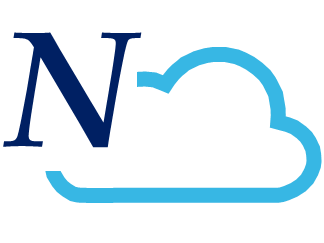Introduction: The Power System’s Roadmap
When you walk into a hospital’s electrical room or a data center’s control space, you won’t see engineers flipping through thick wiring schematics to understand how power flows. Instead, you’ll almost always find a one-line diagram — a simplified drawing that shows the backbone of the electrical system in a clear, easy-to-read format.
For facility managers, engineers, and operations staff, the one-line diagram is the blueprint for how electricity moves from the utility and on-site generation to every major piece of equipment. Without it, troubleshooting and decision-making would be guesswork.
What is a One-Line Diagram?
A one-line diagram (also called a single-line diagram) is a simplified drawing that uses standard electrical symbols to represent how power flows through a facility.
- One line = many conductors. Instead of showing every individual wire, the diagram uses a single line to represent entire circuits.
- Symbols = components. Breakers, transformers, meters, UPS systems, and generators all have unique, standardized symbols.
- Connections = flow of power. The diagram shows how components are linked, in order, from sources to loads.
Think of it like a road map. Highways (feeders) connect towns (equipment), and symbols are the traffic signs that tell you what’s happening at each stop.
Why One-Line Diagrams Matter
- Troubleshooting
- When a fault occurs, the one-line helps technicians quickly identify what equipment is involved and where to isolate the issue.
- System Planning
- Engineers rely on one-lines to model load growth, plan upgrades, and design redundancy.
- Compliance & Safety
- NFPA 70E requires up-to-date one-line diagrams as part of arc-flash risk assessments.
- NEC requires coordination studies to be based on one-line accuracy.
- Communication
- One-lines let facility staff, contractors, and inspectors all “speak the same language.”
Common Symbols on a One-Line
Some of the most important include:
- Circle with X → Generator.
- Two parallel lines → Transformer.
- Box with “52” → Circuit breaker (ANSI device code 52).
- Triangle → Load or feeder.
- Meter symbols → For kWh, voltage, or PQ metering.
Many organizations standardize their symbols across campuses to reduce confusion for technicians.
Real-World Example: A University Campus
On a campus one-line you might see:
- Utility feed at 13.8 kV.
- Main switchgear stepping down through transformers to 480 V.
- Feeder breakers distributing power to dorms, labs, and sports facilities.
- Generators connected via ATS (automatic transfer switches) for backup.
With this bird’s-eye view, the energy manager can see not only how power is delivered but also where to meter, protect, and maintain.
Best Practices for Managing One-Lines
- Keep them updated. Outdated diagrams are one of the biggest compliance and safety risks.
- Digitize them. Paper drawings get lost; digital one-lines integrated with EMS platforms like NovaVue provide better visibility.
- Use them for training. New technicians and operators learn faster with clear one-line references.
The Role of NovaVue
While NovaVue doesn’t create one-line diagrams, it extends their usefulness. Once your diagram shows where power flows, NovaVue provides the data — metering, alarms, and trends — that bring the drawing to life. Together, they give facility teams both the map and the real-time navigation tools they need.
Final Thoughts
The one-line diagram is the starting point for understanding your facility’s electrical system. It’s simple, standardized, and powerful — and when paired with modern monitoring tools, it becomes the foundation for safe, reliable, and efficient operations.
